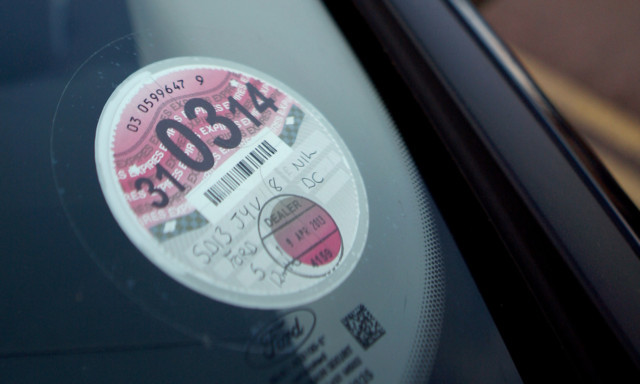Fuel duty and car tax should be abolished in Scotland and replaced by a pay-as-you-drive system where drivers pay according to which roads they use and when, according to an independent think tank.
The scheme would help reduce emissions, cut congestion and increase fairness, Reform Scotland said.
The organisation has produced a report on the idea, calling for the Scottish Government to launch a feasibility study on a national and local scheme in which central government would “price” motorways and trunk roads and local authorities would “price” local roads.
The scheme would require both Vehicle Excise Duty (VED) or road tax and fuel duty to be devolved to Holyrood in order for them to be abolished as the pay-as-you-drive system became live.
Reform Scotland said VED, while addressing carbon emissions through its grading structure, punishes those who drive infrequently by charging them exactly the same as those who drive on a regular basis.
The think tank said a pay-as-you-drive system would mean that people pay depending on which roads they use and when they use them, better reflecting the emissions and congestion they cause.
Its report cites examples from other countries where similar schemes have been introduced, including Germany and Norway, where technology is used to calculate road usage and bill drivers accordingly.
Reform Scotland acknowledges such a scheme would incur considerable start-up costs while there has been significant public opposition to road charging in the past.
A 2004 UK Department for Transport feasibility study suggested that a UK-wide road pricing scheme could cost up to £62 billion to set up with annual running costs of up to £5.5 billion.
Meanwhile, a 2005 referendum saw Edinburgh residents reject council plans for congestion charging in the city.
Reform Scotland’s director Geoff Mawdsley said: “The way we charge drivers is bad for the environment, promotes congestion and is unfair on low-mileage motorists and those in more remote areas.
“We need to learn from other countries who do this better and that’s why we’re calling for pay-as-you-drive.
“We believe that pay-as-you-drive, with central and local government pricing roads and being accountable to their electorate for their level, would encourage motorists to change their behaviour.
“As a result, it would reduce emissions because people will consider alternatives to the car; it would reduce congestion because people will consider driving at cheaper times or on cheaper roads; it would benefit the national economy as people and goods could move more freely and quickly, as well as the local economy as people choose to shop closer to home; and it would be fairer on drivers who drive on remote, quiet roads or at off-peak times.”
The Scottish Conservatives have already criticised the plans. The party’s transport spokesman Alex Johnstone said: “While there may be some benefit for rural drivers, that in turn would result in commuters who need to use motorways and trunk roads paying through the nose.”
